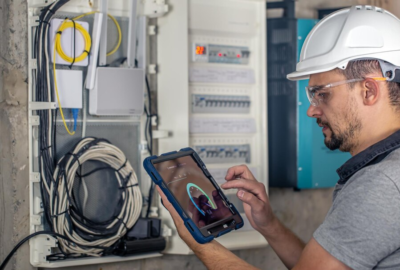Empowering Communities for Environmental Justice: Taking Action Together
In today’s world, the pursuit of environmental justice community action is more crucial than ever. Environmental justice encompasses fair treatment and meaningful involvement of all people, regardless of race, color, national origin, or income, in the development, implementation, and enforcement of environmental laws, regulations, and policies. It’s about ensuring that no community bears a disproportionate burden of environmental hazards and that everyone has access to a healthy and sustainable environment.
Understanding Environmental Justice
Environmental justice is about recognizing and addressing the unequal distribution of environmental benefits and burdens. Many marginalized communities, particularly low-income and minority populations, face higher exposure to pollution, toxins, and environmental hazards. This disparity not only impacts public health but also exacerbates social and economic inequalities.
The Role of Community Action
Community action lies at the heart of environmental justice efforts. When communities come together, they can advocate for policies and practices that promote environmental equity and hold polluters accountable. Through grassroots organizing, education, and collaboration, communities can address environmental issues and create positive change.
Building Awareness and Education
Raising awareness is the first step towards environmental justice. Communities can organize workshops, forums, and outreach events to educate residents about environmental issues, their rights, and available resources. By empowering individuals with knowledge, communities can foster informed decision-making and collective action.
Advocacy and Policy Reform
Advocacy plays a crucial role in driving policy reform and systemic change. Communities can engage with policymakers, government agencies, and industry stakeholders to advocate for environmental justice policies and regulations. This may involve lobbying for stricter environmental standards, equitable land use planning, or increased enforcement of environmental laws.
Environmental Restoration and Resilience
Environmental justice also encompasses efforts to restore and protect natural ecosystems while enhancing community resilience. Communities can undertake projects such as urban greening, brownfield remediation, and sustainable land management to improve environmental quality and promote community well-being. These initiatives not only mitigate environmental harms but also create green spaces for recreation and biodiversity conservation.
Conclusion: Empowering Communities for Environmental Justice
Environmental justice is not just a goal; it’s a movement driven by the collective efforts of communities across the globe. By taking action together, communities can challenge environmental injustices, advocate for equitable policies, and create healthier, more sustainable environments for all. Through grassroots organizing, education, advocacy, and collaboration, we can build a future where everyone has the right to clean air, clean water, and a safe environment to call home.









